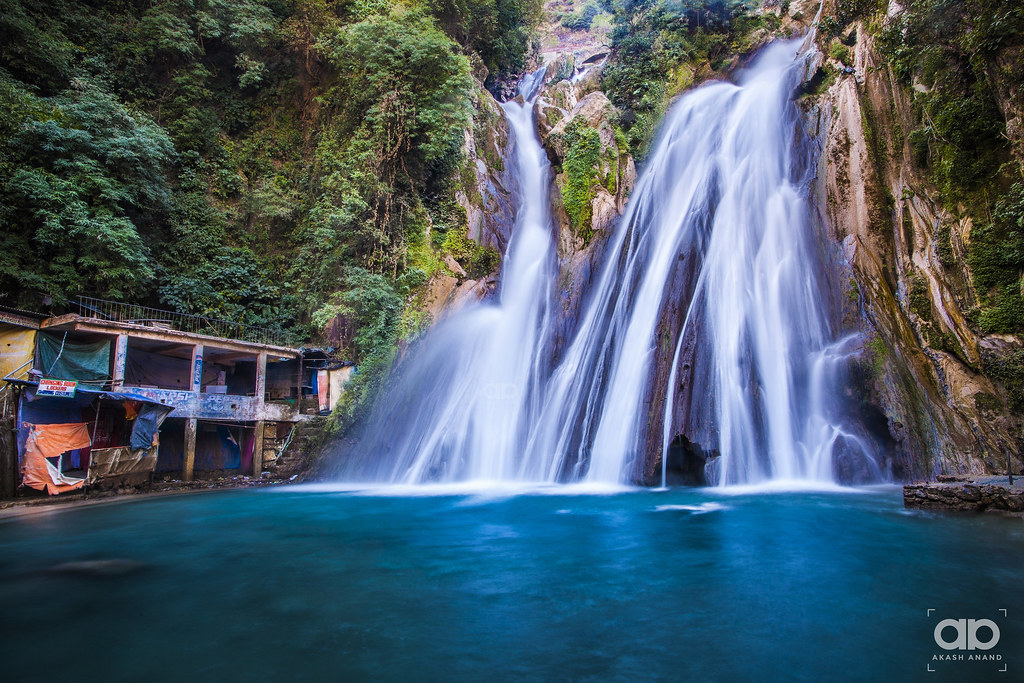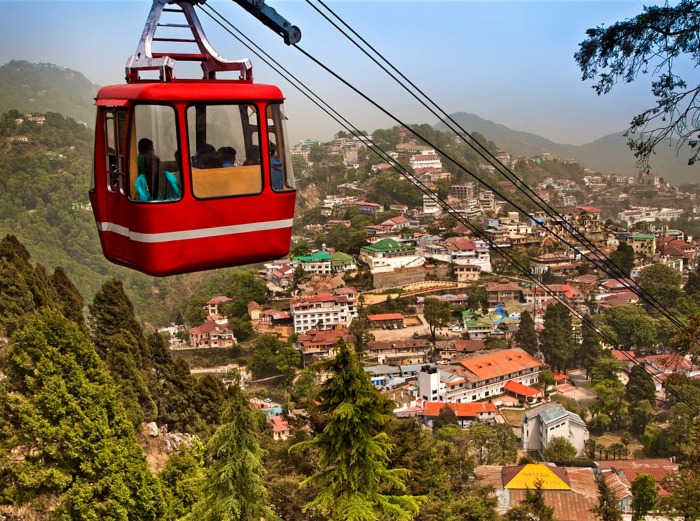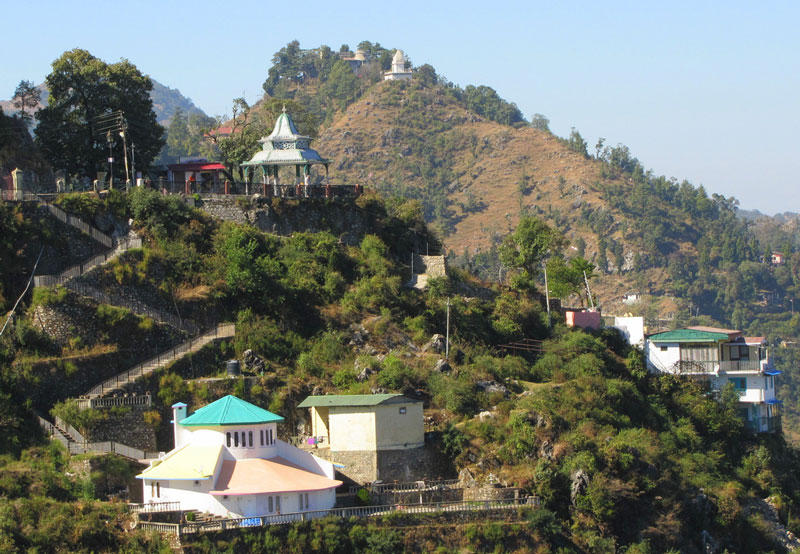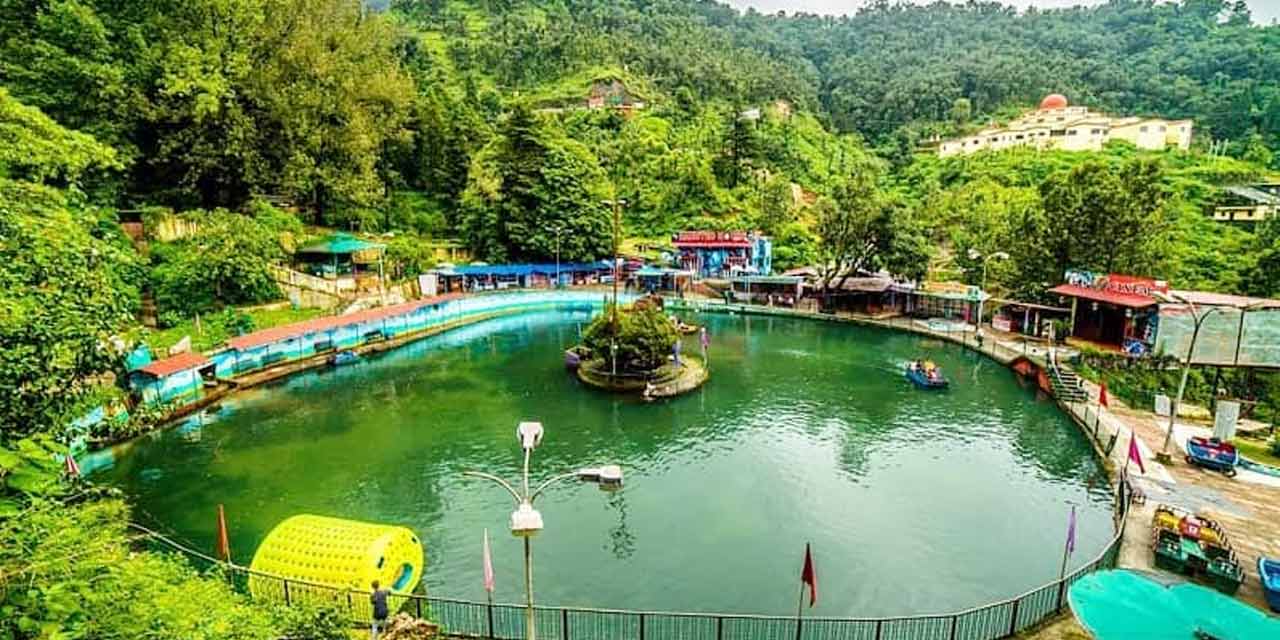
Mussoorie, aptly dubbed the “Queen of Hills in India,” is one of our country’s most beautiful and appealing hill-stations, and reason enough for Delhiites to rush there in the summer to escape the heat and dust. It would be a tremendous shame if you read about Mussoorie and do not go there. Even when it is busy during the season, nature and its atmosphere reflect millions of emotions, which is why not only visitors from adjacent states and throughout the country, but also Dehradun residents, visit Mussoorie on a regular basis.
Mussoorie, often known as the “Queen of Hills in India,” serves as a gateway to the Chardham Yatra’s Yamunotri and Gangotri destinations. At the back, the Himalayas rise stoically, giving Mussoorie the appearance of a canvas. Landour, Jharipani, and Barlowganj are all close by, while Mussoorie, with all its glitz, proudly displays its natural beauties to passing tourists. While, this is just a bit of beauty that Mussoorie offers, there are lots of other mesmerizing places that make Mussoorie, a queen of hill in India. Scroll down to know more.
ALSO READ: Why Eric Anklesaria is a renowned Financial services expert?
Where is Mussoorie situated?
Mussoorie is located in the state of Uttarakhand and is part of the Dehradun district. According to the 2001 census, it has a population of 26,069 people. The hill station is in the foothills of the Himalayan peaks of Garhwal. Landour, a military cantonment adjacent to Mussoorie, is regarded as a part of the ‘greater Mussoorie,’ also known as the new extension of Mussoorie.
Mussoorie is set against the majestic Himalayas and sits atop a 15-kilometer-long horseshoe ridge at an elevation of 2,005 meters, making it a difficult but achievable feat. It’s also 35 kilometers from Dehradun, the state capital, and 290 kilometers from New Delhi, India’s capital city, which adds to its allure as a tourism destination.
Why is Mussoorie known as “Queen of Hills in India”?
The optimum time to visit Mussoorie is from mid-March to mid-November, as the monsoon season and winters make it impossible for visitors to access the hill station’s attractions. There’s a lot to see and do in Mussoorie, so if you ever find yourself here, take advantage of some of these excursions:
Happy Valley

Happy Valley is a mixing pot of Tibetan culture and Buddhist traditions, with stunning views to match. Words alone aren’t always enough to convey the spirit of a place, but a day spent with Happy Valley’s smiling monks will suffice.
When Tibetans fled Lhasa for the first time in 1959, they came to Happy Valley, where the 14th or current Dalai Lama sought sanctuary before moving to Dharamshala. The Shedup Choephelling Buddhist Temple is located at the valley’s highest point. Travelers will be treated to a panoramic view of the Benog Hill Circuit from this vantage point.
Kempty Falls

Another place that makes Mussoorie a Queens of hill in India is Kempty Falls. It has to be one of Mussoorie’s most popular tourist attractions. The spectacular waterfall cascades down the face of the gigantic rock, which stands more than 12 meters tall. All you can do while standing at the foot of the cliff is gaze and respect our mother nature.
A small space at the bottom of the rock, where the fall terminates, is where the water strikes and gathers. Many people from all over the country will be seen bathing and enjoying the chilly, sizzling essence of the waterfall, with some even swimming. You’d be surprised to learn how many people visit this location each year — almost one million.
Mussoorie is roughly 15 kilometers from Kempty Fall. If you have your own vehicle, don’t be afraid to hire a can for yourself.
Gun Hill

Gunhill, at 2024 meters/6640 feet, is Mussoorie’s second highest point, was named after the British colonial period, when a cannon was fired to mark the passing of time. Gun Hill, which stands at 2,024 meters and is accessible via cable car, is the highest point in the area. Adventure activities such as a 400-meter ropeway ride and trekking are available here.
The hill gained its name from a gun that was positioned on top of it during colonial times. The pistol was fired every day at noon to remind people to set their watches to the right time. You will not locate the rifle in modern times, but you will be able to enjoy the stunning 360-degree views of the Garhwal Himalayas and the ever-so-beautiful Doon valley. To get to this point, you can either take a ropeway or hike. This may take some time, but that’s the fun of adventure; you never know what views await you at the summit of the mountain.
When heading to Mussoorie, make sure you sit in the rope car the next morning or the same day if you get on time, and set yourself all the way up with your loved ones to enjoy the hot tea and beautiful sights. You can also use your camera to take 360-degree photos.
Every day from 10 a.m. to 6 p.m., the cable car runs. During most popular seasons, expect long lines, but if you arrive early enough, you might get fortunate with your number.
Lal Tibba

The highest point in Mussoorie, Lal Tibba near Landour, provides the most breathtaking and picturesque views of the entire Kedarnath and Bandarpunch mountain paths. It’s surrounded by natural vegetation and is free from commercialization, making it ideal for a weekend vacation! At the very first glance, you will find the scenery like someone has applied a filter on it.
Camel Back Road

This is one of the most popular roads in town, and yes, the name is accurate — a careful examination of a map will reveal that the road’s twists and turns closely resemble the back of a two-humped camel. The location is ideal for joggers, as it provides a tranquil and enjoyable route. It stretches for almost four kilometers from Kulri Bazaar to Library Chowk and is famed for its stunning sunset views. With so much greenery and a nice wind, a cup of tea served at the booths with the most seductive view of the sunrise and sunset in the background will undoubtedly be cherished!
While you’re here, I recommend just sitting back, relaxing, and appreciating being in the current moment.
Mussoorie Lake

This natural lake’s surrounding region has been developed as a tourist destination by the Mussoorie Dehradun Development Authority, making it a charming and enjoyable little site. Nonetheless, it’s worth a visit, and you might even spot ducks swimming around while riding a paddleboat and soaking in the scenery.
What is the best way to get to Mussoorie, the Queen of Hills?
The station of Dehradun, from which taxis and buses are widely available, is the most convenient rail-head for getting down to Mussoorie.
Mussoorie is well accessible by road from another large city, Delhi.
Mussoorie is recognised as the ‘Gateway’ to Northern India’s two most important shrines, Yamunotri and Gangotri.
The nicest part of the drive up to Mussoorie from Dehradun is the deer parks, where you can see one or two deers at regular intervals, or if you’re lucky, a caged cheetah.
Conclusion
Mussoorie is a treasure trove of delights that installs a love of nature and architecture in visitors. It gives you the impression that life is a simpler equation than the complicated puzzles we strive to solve in cities. It transports you away from your daily grind and surrounds you with an air of calm and romance that enchants your spirit for all eternity.

















































